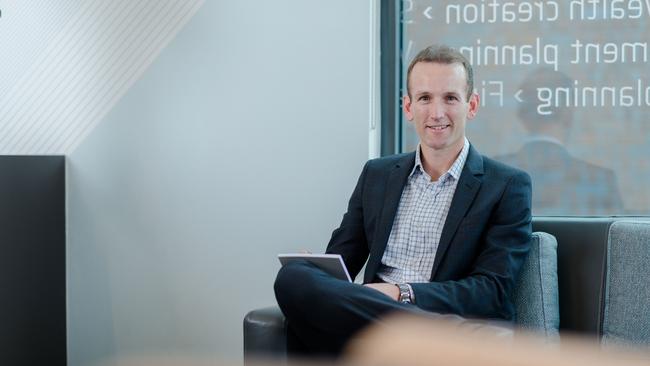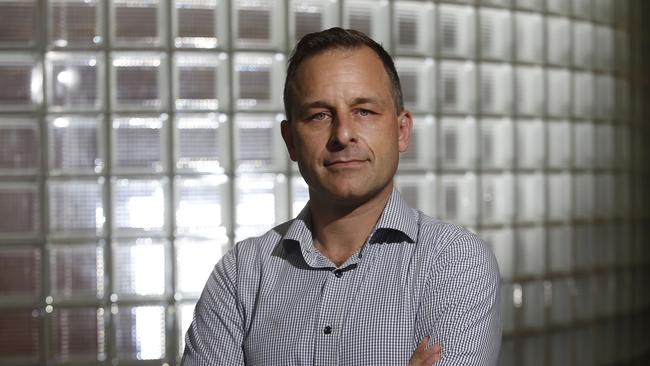Investment debt: when to pay it off and when to leave it alone
Investors risk making a costly mistake with debt if they don’t follow a golden rule as interest rates surge.
Rising interest rates have put debt back in the minds of investors, potentially forcing some to make a mistake by trying to pay it off prematurely.
A golden rule in finance is to always leave your investment debts as the last loans to repay, because you get to claim a tax deduction for the interest you pay on them.
“If you have other debts, look at what costs the highest after tax,” says MBA Financial Strategists director Darren James.
“It’s usually credit cards, then personal loans, then home loans, then investment debt,” he says.

James says Australians have been taking on greater investment debt.
“From a property point of view, people have been borrowing more and more over the last couple of years because cash has been cheap,” he says.
“That started it, then fear of missing out started to kick in and that led to more people borrowing.”
CreationWealth senior financial adviser Andrew Zbik says as a rough guide, every $1 of debt you have costs about $2 to repay. And if that debt is not tax-deductible, you typically have to earn $3-$4 of gross wages to pay it off.
“Always pay off non-deductible debt first,” Zbik says.
Sometimes potential investors plan to turn their existing home into an investment property when they move houses, but this is generally an unwise move. It results in fewer tax deductions for the investment property because its loan is lower, and also brings capital gains tax into the equation when the former home is eventually sold, Zbik says.

“As quickly as possible you want to get your own home debt paid down, then redraw against that,” he says.
Zbik says people with a long-term investment time frame – 10 years or more – can use equity in their home to seed an investment portfolio.
James says when borrowing to invest, it’s expected that the asset will grow in value over time, increasing your equity and reducing the mortgage proportion.
“The real value of the loan depreciates over time,” he says.
“But if you have no other debts, you might want to consider paying down investment debt.
“Getting advice would be appropriate – no one answer fits everyone.”






To join the conversation, please log in. Don't have an account? Register
Join the conversation, you are commenting as Logout